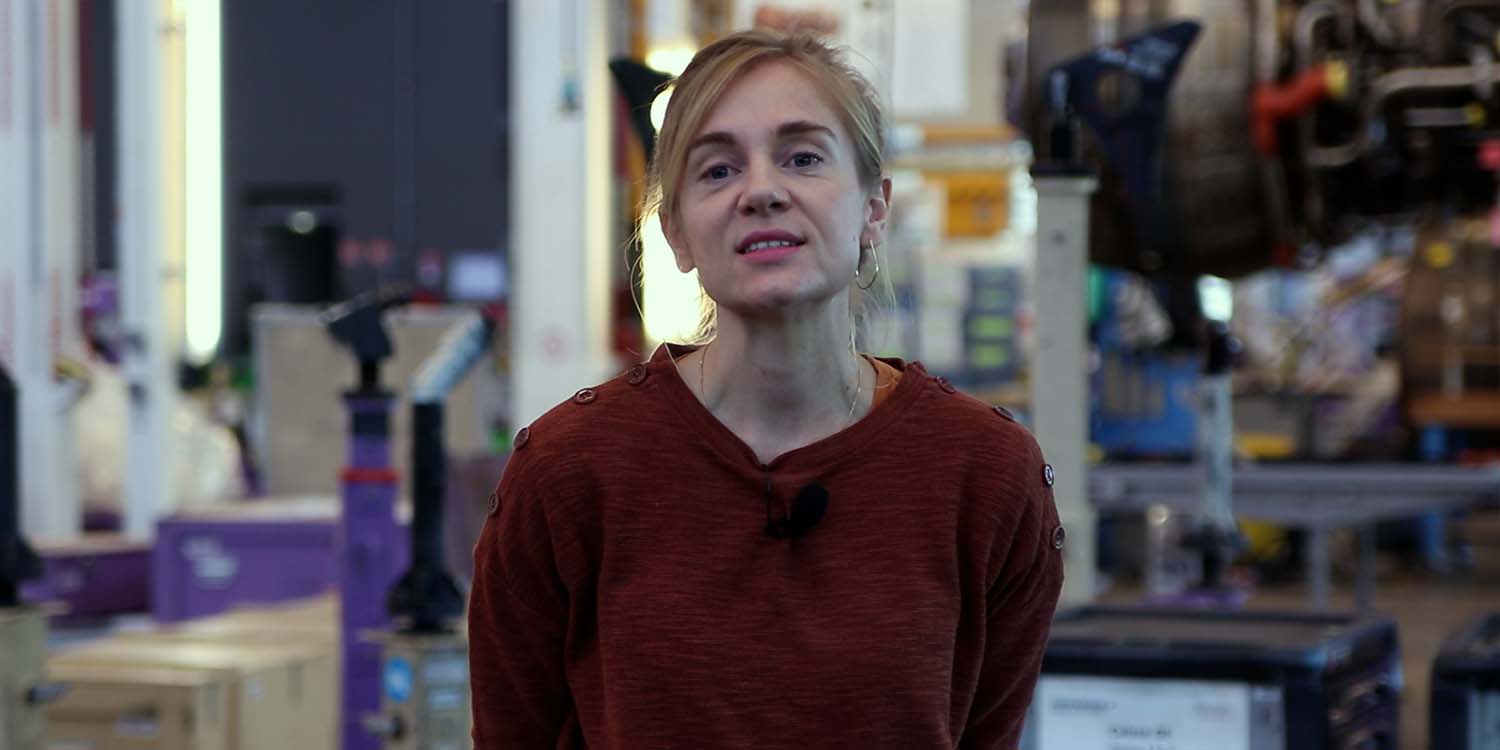Summary
Effective MRO (maintenance, repair and overhaul) requires meticulous management of up to several million parts per plane, where any unavailability can result in costly aircraft-on-ground (AOG) events. Traditional solutions to manage this complexity involve implementing safety stock formulas or maintaining excessive inventory, both of which have limitations and can be financially untenable. Lokad, through a probabilistic forecasting approach, focuses on forecasting the failure or repair needs of every individual part across the fleet and assessing the immediate and downstream financial impact of potential AOG events. This approach can even lead to seemingly counter-intuitive decisions, such as not stocking certain parts and instead paying a premium during actual need, which may, paradoxically, be more cost-effective than maintaining surplus inventory. Furthermore, Lokad’s approach automates these decision-making processes, reducing squandered time and bandwidth and increasing operational efficiency.
Transcript
Simply put, an aircraft cannot fly unless it meets the highest possible safety standards. The problem is, if any single part on that plane fails to work properly or cannot be repaired in time, the aircraft is grounded. This adversity affects not only the flight schedule but also the travel plans of all the passengers.
Depending on the size of the plane, there can be anywhere from 250,000 to several million individual pieces in a commercial plane. That means that there are potentially several million pieces, all of which have to be inspected, repaired, and/or changed on an ongoing basis. This gives you an indication of the overall supply chain complexity involved in maintenance, repair, and overhaul.
Not only is the numerical complexity involved absolutely enormous, but so too are the financial consequences. As such, the goal for every MRO client is simple: avoiding Aircraft on Ground (AOG) events. The leading cause of an AOG event is actually quite simple: not having the precise part you need at the exact moment you need it.
Given the interrelational nature of flights, having to reschedule a single plane because of an AOG event can actually be rather costly, ranging from tens of thousands to hundreds of thousands of dollars. For example, the plane that leaves Paris for London typically turns around and returns to Paris. Thus, if the initial flight has to be canceled or rescheduled because of an AOG event, so too is the return leg.
A typical aircraft engine, like this one, has anywhere from 25,000 to 45,000 individual parts. From a supply chain perspective, that represents 45,000 possible AOG events. Thus, again from a supply chain perspective, not having a one-dollar screw is as potentially damaging as the entire 50 million dollar engine failing to start. Why is that? The plane is grounded.
Mainstream solutions to the supply chain constraints involve the textbook application of safety stock formulas. Now, these fail for any number of reasons, not least of which is that they assume that demand is normally distributed. This, of course, is rarely the case in the spare parts game.
An alternative and equally untenable solution is stocking an endless amount of inventory. Now, this is not only impractical, but also potentially financially impossible given there could be seven million parts for every single plane in every single fleet.
On the other hand, Lokad’s philosophy is predicated upon probabilistic forecasting and a purely financially driven perspective that aims to reduce dollars or euros of error. For example, Lokad would take every individual part of this plane and forecast the likelihood of that part failing or needing to be repaired. Lokad then repeats the process for every individual part of that plane for every plane in the fleet. Lokad then contrasts that with the possibility of an AOG event and the cost of this.
Lokad is also capable of factoring in some counter-intuitive scenarios. Again, let’s take the plane as an example. There are potentially seven million parts, but of those seven million parts, some are more important, in both financial and absolute terms, than others. Of that dataset, some are more likely to require repair and replacement than others.
That actually leads to the counter-intuitive situation where some parts are actually not worth having spares of. In fact, it might actually be better to wait for a moment of actual need and then pay a premium for it on the market. This higher cost, the premium of buying when needed, might actually be, from a probabilistic and financial perspective, a better financial decision than having large amounts of unused inventory.
In short, Lokad’s approach enables efficient and automated decision making, the kind that reduces not only dollars of error but the amount of bandwidth that would otherwise be dedicated to repetitive, mundane decisions.


